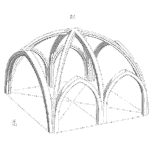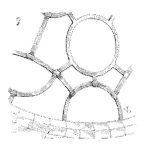
As we continue to find and improve ways to master our environment, accomplish tasks, communicate, move, heal, etc. we continue to discover new materials, processes, and products. Emerging technologies often promise
- lower costs
- new functions
- lighter weight
- easier to use
They also may last longer.
As a minimum, they should last long as current solutions or longer or provide another compelling reason to use the new technology. [Read more…]









